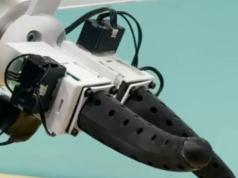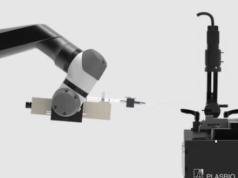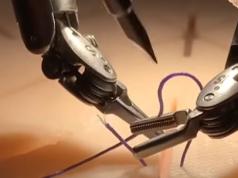
Many medical facilities come with robots to allow people recovering from serious injuries to start walking again. Rehab robots support and guide each patient’s steps and restrain their gait and cause them to modify the walking pattern. Researchers at the Wyss Institute and Spaulding Rehabilitation Hospital have performed a study to see how humans react to rehab robots. They found out that:
humans whose lower limbs are fastened to a typical clinical robot only modify their gait if the forces the robot applies threaten their walking stability.
Test subjects changed their stride in response to change in the length but not the height of their step. As the team explains, the brain prioritizes stability, so to target aspects of walking, other approaches need to be taken:
the brain is so willing to adapt to instability that it will expend a significant amount of the body’s energy to do so, most likely because the consequences of wobbly walking can be severe: a broken ankle, torn ligaments, or even a fall from a height. However, this prioritization of stability means that other aspects of walking, like the height of the foot off the ground or the angle of the toes, may require treatment beyond walking in a clinical exoskeleton
You can learn more about the result of this research project here.













































